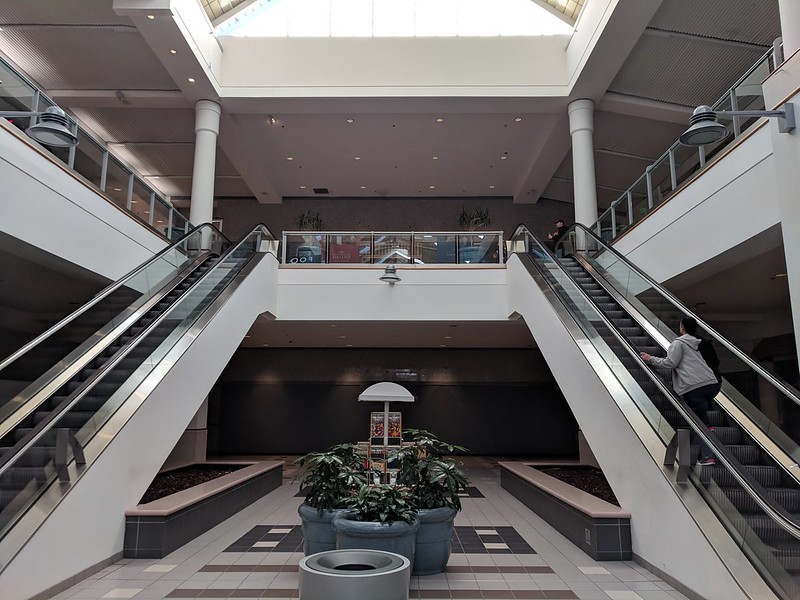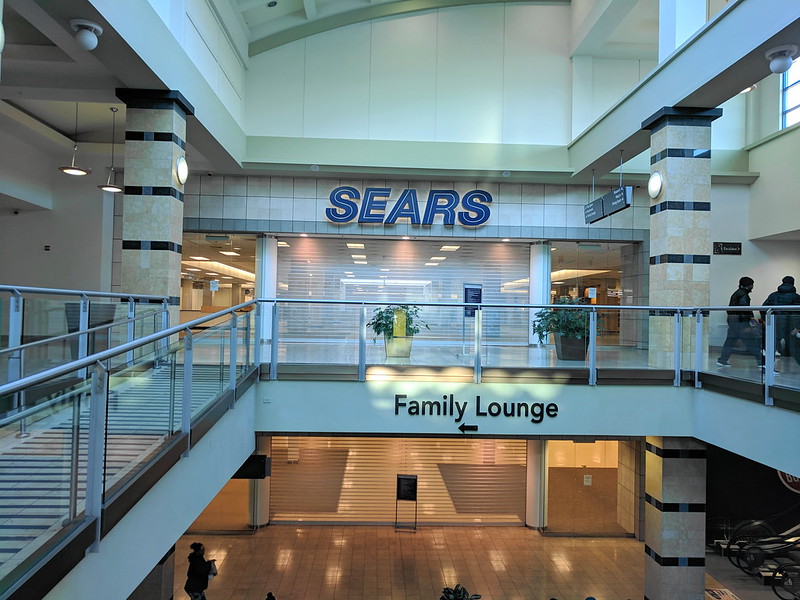In this ongoing series, we’re looking for opportunities where 3D printing can disrupt large markets with millions of parts by applying new strategies. We’ve looked at how we can design for resilience, create an industrial aftermarket for all things, can save money by designing for installation and maintenance. We’ve looked into 3D printed spares, how we design for ruins, as well as for human factors. Now, we’re going to be looking at planning redundancy for business success.

First a little background, taken from the “Design for Resilience” article. Often, when we are trying to make supply chains more resilient, we can modify our way of doing what we do. This may work, but I postulate that it will be far more advantageous to look more holistically at products and the way that they are manufactured to come up with more viable products.
These will be more truly resilient and offer other benefits, as well. The same holistic methodology will also lead to the greenest, most low-CO2 product, which is also the most local. So, generally, we can say that a product that is ideally resilient:
- Is made locally and as close to the customer as possible.
- Uses the least amount of parts as possible.
- Uses the least amount of material possible.
- Uses the fewest variety of materials possible.
- Uses only labor is not being exploited (e.g. local labor).
- Reduces water usage and the emission of CO2, nasty chemicals and waste generally.
- Reduces energy usage.

Once we do this, it will be easy for us to port this product to another back-up location and to make it in two places. Indeed I often say I only believe in two things: love and redundancy. By having a truly resilient product with few parts, few materials, and a reduced water and chemical footprint, it will be the easiest to relocate. Rather than having two fragile spiderwebs stretching around the world, relying on everything to work like a Swiss watch, you can easily make products with compact footprints in multiple locations.
It’s not just about having more than one supplier. This sounds obvious but many are insulating themselves against China by opening up in Vietnam, where they would be vulnerable by the same strikes in Long Beach or the same pandemic pressures. It’s not about having two intricate, perfect webs. It’s about easily being able to move production to a new location. Manufacturing portability counts. And if you can then easily scale production in one or even multiple locations to meet new pressures, you will be able to meet new challenges as they arise.

Simpler products are also easier to recycle and easier to maintain. This kind of thinking will also make your firm more agile. New growth in Japan then led to you quickly setting up production there. If the growth slows, you can cut back quickly, as well.
At the same time, a more modular and smaller footprint could allow you you manufacturer closer to the customer. So, a simpler product with fewer parts made from fewer materials could also be more produce to make within a customization lab that is close to a customer.
So, you could have a simple manufacturing setup where you would make items with some of your most loyal clients. This would occur in a high street and would be very expensive. But you could learn from customers and use that to influence your more mass-produced lines. You could also establish a stronger bond with clients and engender even more loyalty. The site would also be a marketing tool and a beacon for your brand.
With high-street rents cratering, such a move is affordable as it has ever been. You could occasionally have an expensive focus group or maintain an ongoing dialog with customers and non-customers. Change the window displays every day with 3D printing to see which slogans bring in visitors and which bring in visitors that actually buy products. Swap out the products every day by showcasing unheard-of new models that are really prototypes.
Which one of your three choices has people queuing up on waitlists? Should you make more products for women or a younger audience? Test out all of your marketing approaches at one store to see what leads to sales and loyal customers. In this way, your resilient supply chain unit can also lead to you exploring who loves you and they do.
Images by Phil Cloud, Harrson, JJBers, JJBers.
Subscribe to Our Email Newsletter
Stay up-to-date on all the latest news from the 3D printing industry and receive information and offers from third party vendors.
You May Also Like
Why Corrosive Resistant Materials Are Important to the Success of 3D Printing Across Industries
The adoption of additive manufacturing (AM) is accelerating across many major industries. As this technological shift unfolds, the importance of corrosion resistance has emerged as a challenge for 3D printing...
America Makes Announces IMPACT 2.0: $6.6M in New 3D Printing Funding
America Makes, the Manufacturing Innovation Institute (MII) based in Youngstown, Ohio, has announced IMPACT (Improvement in Manufacturing Productivity via Additive Capabilities and Techno-Economic Analysis) 2.0, a project call which will...
3D Printing Webinar and Event Roundup: April 14, 2024
We’re starting off the week’s 3D printing webinars and events at ASTM AMCOE’s 11th Snapshot Workshop and MACH Exhibition. Stratasys continues its advanced training courses, SME is holding a virtual...
AMUK Welcomes Airframe Designs as British 3D Printing Industry Grows
While the UK is not the hub for 3D printer and materials manufacturers as other nations, the country continues to excel at the research, development, and application of additive manufacturing...































